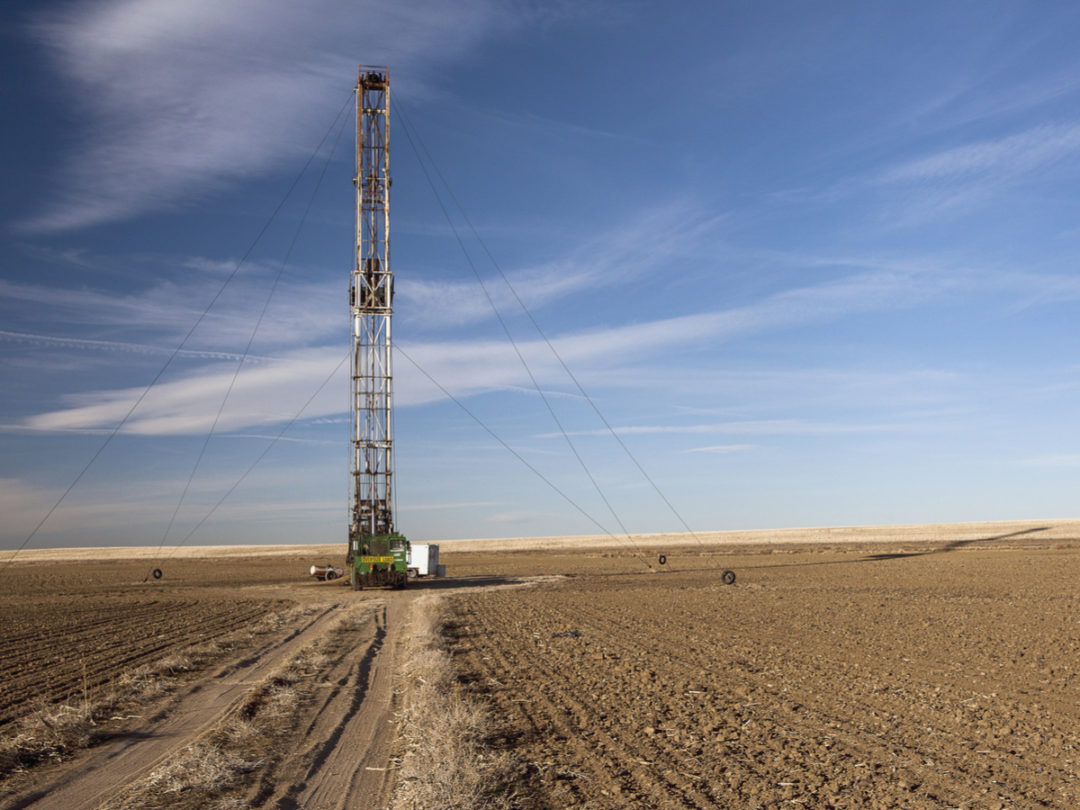
Visit Our Sponsors |
|
|
|
|
|
|
|
|
|
|
|
|
|
|
|
|
|
|
|
|
|
|
|
|
|
|
|
|
|
|
|
|
|
|
|
|
|
|
|
|
|
|
|
|
|
|
|
|
|
|
|
|
|
|
|
|
|
|
|
|
|
|
|

Just a year after rushing into America’s busiest oil field with new mines, frack-sand producers may have overdone it.
West Texas sand used in the hydraulic fracturing process will drop 19 percent this year to about $30 a ton compared to 2018, according to industry consultant Rystad Energy AS. Sand pricing is a key financial input for oil explorers because fracking is the most expensive phase in drilling an oil well.
A slew of new West Texas mines close to Permian Basin drilling sites is elbowing Midwest mines that formerly dominated the frack-sand trade. Miners in and around Wisconsin that controlled 75 percent of the market in 2014 will see that diminish to 34 percent in 2020, Ryan Carbrey, Rystad’s senior vice president of shale research, told Petroleum Connection’s Frac Sand Industry Update conference in Houston on Wednesday.
“We do think that things continue to be rather sloppy from a pricing standpoint in 2019,” Chase Mulvehill, an analyst at Bank of America Merrill Lynch, said in a presentation during the conference. “We’ll see if people renegotiate contracts. What we’ve heard so far is people are actually starting to do that for some in-basin contracts.”
Fracking Demand
The sand oversupply has developed just as demand for fracking is taking a hit from the late-2018 slump in crude prices and more modest exploration programs by oil producers, Mulvehill said. Fracking demand is set to drop 3 percent in 2019, he said.
For Wisconsin sand, the price drop will be even more dramatic this year: Rystad is forecasting a 29 percent drop to $25 a ton.
Fracking involves blasting high-pressure jets of sand, water and chemicals underground to crack open oil- or natural gas-soaked rocks that don’t respond to traditional drilling methods.
Hi-Crush Partners LP, the first to open a mine in West Texas, said Wednesday in announcing fourth-quarter financial results that its Midwest mines felt the biggest pain from the Permian sand boom. And while the Houston company expects more high-cost mines to idle or close throughout the industry because of the heightened competition, it added that the so-called Northern White sand mined in Wisconsin is not dead.
"Different circumstances and preferences dictate what sand is used by individual E&Ps in particular basins and for specific completion designs," Chief Executive Officer Robert Rasmus told analysts and investors Wednesday on a conference call. "We continue to believe that Northern White sand will remain in demand at significant levels to meet growing frack sand needs in basins throughout the U.S."
RELATED CONTENT
RELATED VIDEOS
Timely, incisive articles delivered directly to your inbox.


